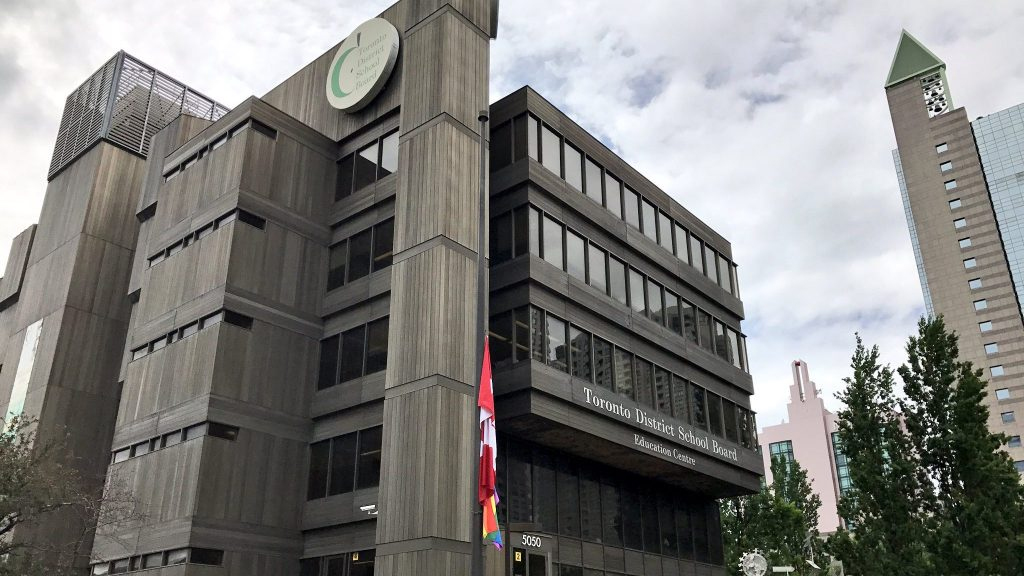Mars rover landing area named after Yellowknife
Posted August 13, 2012 7:56 pm.
This article is more than 5 years old.
It might be too much to say Yellowknife is over the moon about NASA’s decision to name a section of the red planet after the northern capital, but officials do have one question:
Is it too late to attach one of the Northwest Territory’s polar-bear-shaped licence plates to the Mars rover?
“That should have probably been done in advance,” acknowledges Yellowknife Mayor Gordon Van Tighem, tongue in cheek.
“But the tourism people are still bouncing around it because they see any mention of Yellowknife as something they could use.”
The decision on how to name the 1.2-kilometre-square section of Mars where the Curiosity probe landed was made, in part, to follow strict international protocols on the naming of extraterrestrial real estate, said Linda Kah, a geologist with NASA’s Jet Propulsion Laboratory.
The International Astronomical Union stipulates that for Mars, craters of a certain size must be carved up into quadrants and named after earthly towns of fewer than 100,000 inhabitants.
“That convention is in place, but as a group of geologists working on the mapping, we wanted to add our own flavour to it,” said Kah, who is working on the mission. “We wanted names that were related in some ways to towns that were geologically interesting.”
Kah proposed Nanisivik, a remote spot on northern Baffin Island where she did her PhD research. But she said she was delighted at the selection of Yellowknife.
“I was thrilled. That was perfect.”
Yellowknife — the one on Earth — is familiar to geologists the world over as the jumping-off point to studying some of the planet’s most interesting rocks, including the four-billion-year-old Acasta gneiss. Scientists are now jumping off from Yellowknife — the one on Mars — to study the red planet’s rocks.
Kah added the name is also a reference to the N.W.T. capital’s rich gold-mining history.
“We hope that this mission we hit the motherlode. We aren’t looking for gold, but we certainly are looking for the motherlode of knowledge.”
Yellowknife won’t be the only name lifted from the Canadian Arctic and applied to Mars. There’s a list of about 100 geological features and places taken from the Slave Geological Province in the N.W.T. that will be used for specific features within the Yellowknife quadrant.
Kah spent three field seasons working out of Yellowknife and has fond memories of it. Ironically, she says that Yellowknife, Mars, has a lot more in common with the North African desert where she did subsequent research than it does with its namesake.
“When the first colour photographs came back, I said, ‘Forget it — the conspiracy theorists have it. This is really Mauretania. I’m sure I could go into my computer and pull off pictures that almost like what we’re looking at right now.'”
Van Tighem agrees that the only part of his Yellowknife that looks at all Martian is the sand fairways on the golf course.
“We won’t be in competition for tourism dollars with Yellowknife, Mars,” he laughed, munching a Mars bar. “We can prove that we can be much more hospitable.”
Kah said that any similarities between earthbound and Martian geology are likely to be deceptive.
“It’s familiar to a geologist’s eyes, but at the same time it’s so remote and so far,” she said.
“And it’s Mars. You have to suspend all your beliefs and impressions because things are going to be different.”
Meanwhile, the earthlings back on this Yellowknife are having some fun with the whole thing, twigging Van Tighem with a popular line from the old TV show about an extraterrestrial on an Earth assignment.
“Now I’m getting emails that end Nanoo-nanoo.”










